
Viagra is a drug which helps us get more out of the nitric oxide we naturally produce. Besides its highly successful commercial use, a recent trial has shown it could make a significant difference to heart disease patients. But it won’t because – money.
Nitric Oxide is a highly reactive gas created naturally by lightning strikes and less naturally by car exhausts. It’s also somewhat of a superstar in the biological world. It was declared molecule of the year in 1992, has its own scientific journal and its own fan club, the Nitric Oxide Society. And every year about 3,000 new studies about its properties are published.
Biochemists are obsessed by the stuff because it is critical to the way some of our fairly important bits work (brain heart, lungs, immune system, genitalia etc.). Nitric Oxide is used as a signaling molecule. It tells one part of our body that another part wants it to do something. Because it is a gas and it decays within seconds of release it is perfect for the job. It easily and quickly gets through cell membranes passes on the message and then disappears. This means we don’t have to go to the bother of having all sorts of mechanisms to clean it up afterwards.
We produce it in loads of places in our body, but critically in the linings of our blood vessels. The Nitric Oxide produced there seeps into the muscles surrounding them and tells them to relax. When they relax the blood vessels become wider and blood pressure decreases.
We’ve known since shortly after it was discovered in 1846 that nitroglycerin (yes, the stuff that goes bang) helped a lot with heart disease. But we didn’t know why until we discovered that when ingested it increases Nitric Oxide levels. The chaps who made those connections picked up the Nobel prize for medicine in 1998. Ironically that prize is funded by the estate of Alfred Nobel, the inventor of dynamite, the safe form of nitroglycerin. He had heart disease and was prescribed nitroglycerine for it in the late 1800s.
During the 1990s researchers from Pfizer were beavering away on a new drug which helped Nitric Oxide work better. They wanted to come up with a better way of lowering blood pressure than asking people to suck on explosives. But when they got to human trial stage of their drug, Sildenafil, they discovered a very lucrative side effect.
The heart wasn’t the only place that Nitric Oxide increased blood flow. It turned out that it was extraordinarily effective at temporarily fixing erectile dysfunction. Needless to say, the market for what became Viagra was significantly more tempting than just another blood pressure med. Financially it was a very good call. Viagra quickly became a license to print about $2 billion a year for Pfizer.
Rather unsurprisingly a long term study released last year showed just what a good thing they were on. The study followed 5,956 men with type II diabetes who were taking Viagra. After almost 8 years, the study found that when compared to matched men not taking the pills, they were 5% less likely to die from anything, 38% less likely to have a heart attack and 15% less likely to die if they did have one.
The heart attack risk reduction makes every other anti-blood pressure or cholesterol lowering medication look like a placebo. And the reduction in death after heart attack was roughly 8 times as effective as the next best option (a surgically inserted stent). The Viagra was unbelievably effective and they weren’t even taking it for their health.
That is just one of the, now thousands of, studies on the power of Nitric Oxide. We now know that if our ability to produce it is in anyway impaired then besides heart disease, we much more likely to also suffer from hypertension, preeclampsia, Type II Diabetes, kidney disease, obesity, and of course erectile dysfunction. It also plays a part in our learning and long term memory and supercharges our immune system. Obviously then, being able to increase our ability to produce Nitric Oxide should be something we strive for. Likewise it’s a really good idea to avoid things which impair it.
Besides explosives and Viagra, eating garlic or green leafy vegetables like spinach (yes, Pop-eye was right)or lettuce for example increases Nitric Oxide production. Exercise and living at high altitudes also does the trick. But none of that will matter in the least if you also consume fructose or omega-6 fat.
Cane sugar (sucrose) is one half glucose and one half fructose. The fructose half is unique among sugars we eat in that our liver processes it to fat without any feedback or control. It was so rare in our evolved environment (there were so few coke machines in Paleolithic times) that we never bothered to develop the capacity to regulate that process.
A waste product from converting fructose to fat is uric acid, a substance that we are very poorly evolved to deal with in the quantities produced when we eat sugar. Unfortunately for us uric acid reacts with the nitric oxide we produce and disables it.
The omega-6 fats that dominate seed oils (canola, soybean, sunflower, grapeseed, rice-bran and cottonseed) produce highly reactive compounds. Those compounds directly impair our ability to produce nitric oxide.
Our food supply is now stuffed with sugar and seed oils. There is barely a product on the supermarket shelf that does not contain one or, more usually, both. If your aim was to impair our production of nitric oxide you’d struggle to do better than create a food supply which looked like the average supermarket.
Given that, it is little wonder that we are now drowning in the flood of chronic diseases that flow automatically from impaired nitric oxide – heart disease, hypertension, preeclampsia, Type II Diabetes, kidney disease, obesity, dementia, communicable infections and of course erectile dysfunction.
Sadly Viagra is not an option. It is not approved for use as a heart medication and never will be. Pfizer will not spend the $100s of millions required to do the required trials now that it is off-patent. That leaves us with just one solution and it is the same one as always. Self-medicate with real food that contains neither sugar nor seed oils.

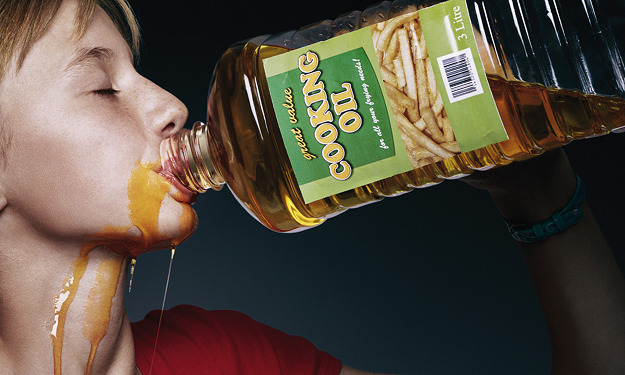

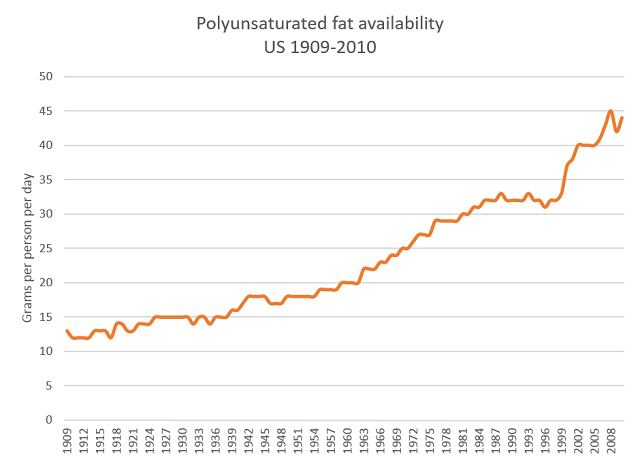
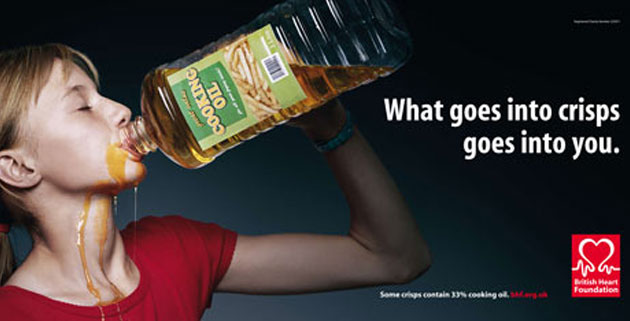
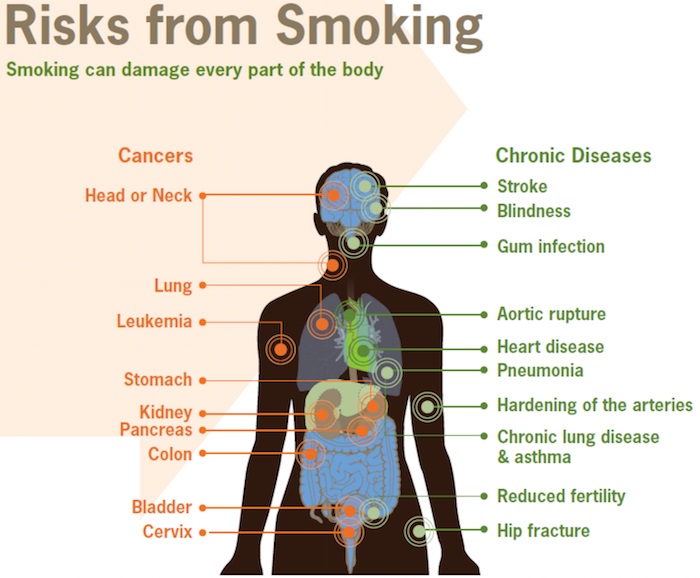
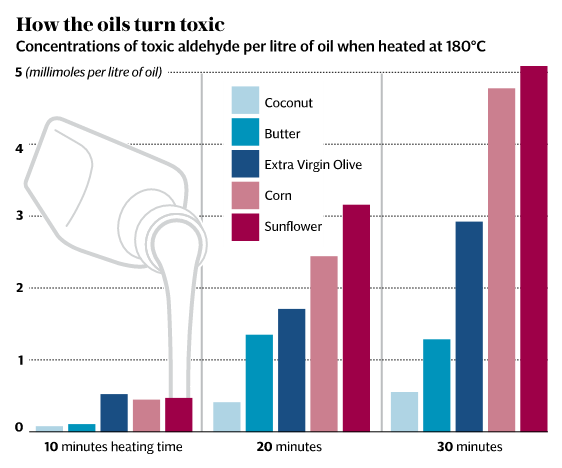
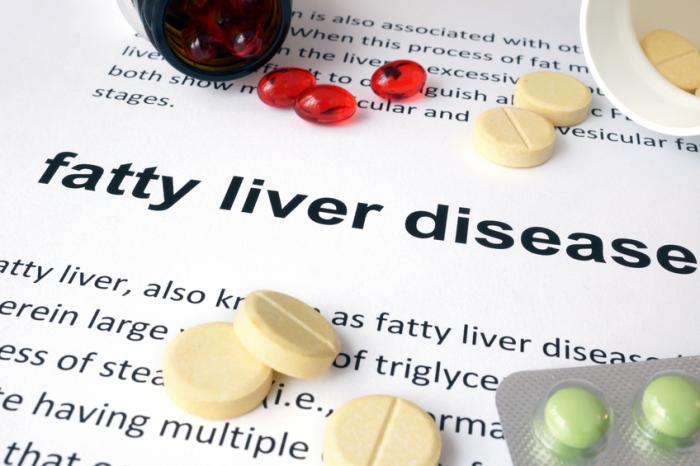
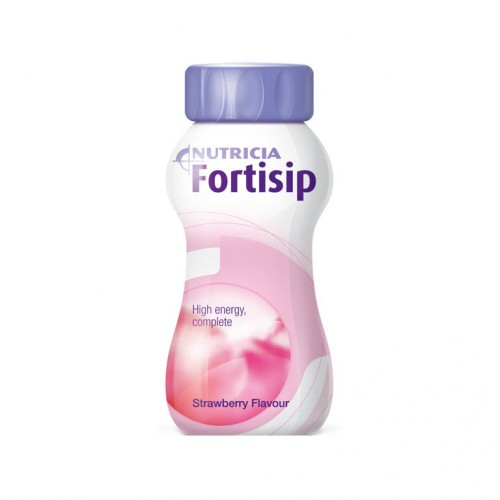

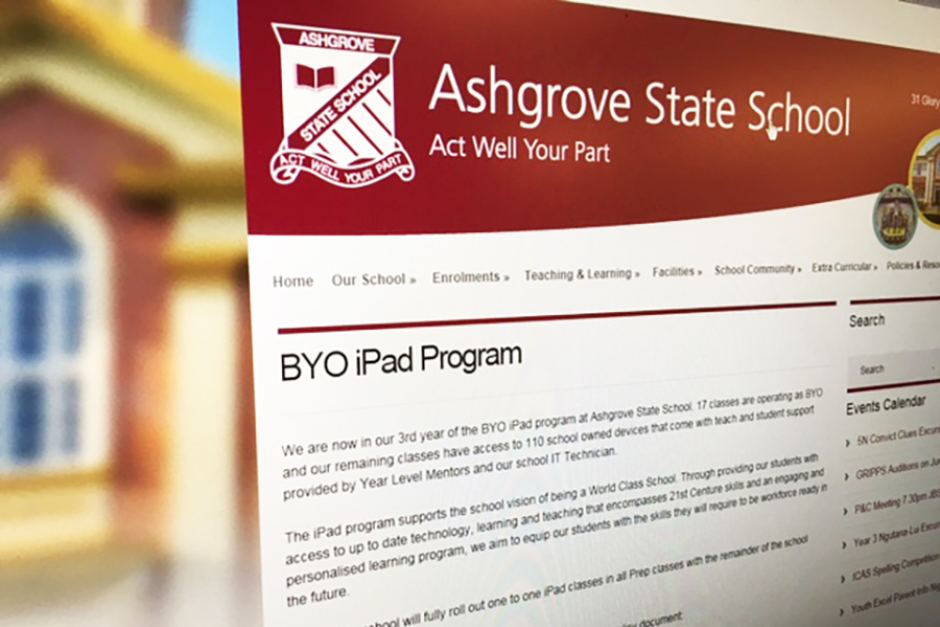
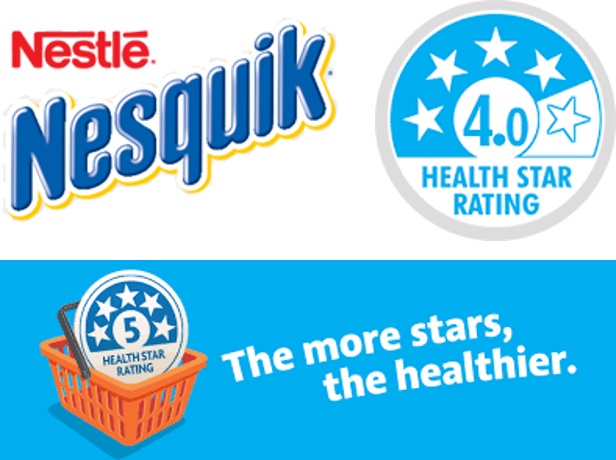











Recent Comments